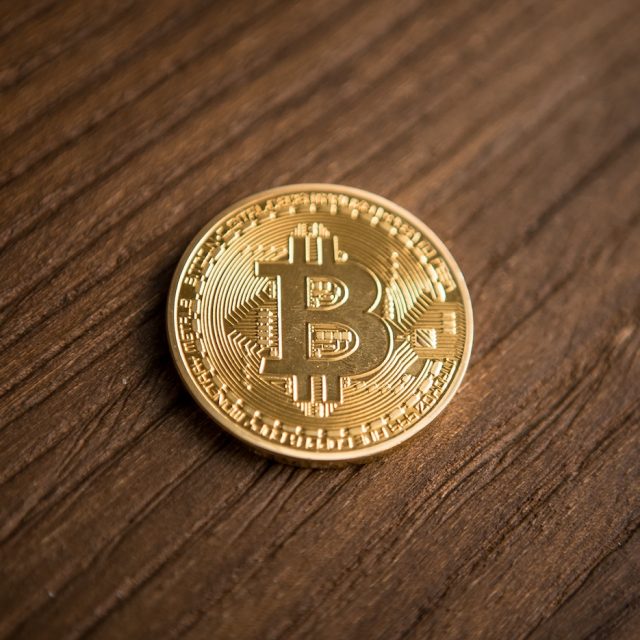The Monetary Authority of Singapore, Singapore’s central bank, is steadily making progress on its goal to integrate Financial Technology (FinTech) into the nation’s economic and financial ecosystems. Under its Smart Financial Centre initiative, MAS launched Project Ubin, a multi-phased project with the ultimate goal being the reduction of risk and costs for cross-border settlements of payments and securities.
MAS already runs a Real-Time Gross Settlement (RTGS) system, known as MEPS+, which has already proven to be effective, so any new technologies should add incremental value to the stack. The current system is robust and ensures effective queue management, automated collateralized intraday liquidity facilities, and automated gridlock resolution – all while utilizing SWIFT message formats that increase interoperability. It’s critical to objectively assess present-state conditions before undertaking any new blockchain project, and the team behind Project Ubin has shown prudence in conducting this due diligence.
Phase One
Phase one kicked off in November 2016 to evaluate the feasibility of utilizing distributed ledger technology (DLT) to facilitate domestic interbank payments. Perhaps even more compelling, is that this would all be made possible by the creation of a new tokenized form of the Singapore Dollar (SGD).
MAS teamed up with R3, BCS Information Systems, and nine financial institutions to deliver a proof-of-concept working prototype that would, among other things, effectively leverage a distributed ledger to track participant balances and integrate the distributed ledger with the central bank’s existing settlement infrastructure. A working prototype for interbank transfers was developed on a private Ethereum network – including successful integration with the MEPS+ test environment. The work for phase one, which consumed all of six weeks, generated significant lessons learned and research priorities for the future of Singapore’s blockchain-powered financial systems. Among other key findings in Deloitte’s review of phase one, the team determined that “implications around credit and liquidity risk and challenges with Ethereum need to be further evaluated,” pragmatically revealing technical and policy hurdles that would invariably arise should such a system go live.
Phase Two
Phase II of Project Ubin was conducted in Spring of 2017 with the cooperation of 11 financial institutions and five technology institutions in order to “understand how real-time gross settlement privacy can be ensured using DLT.” The group focused on ensuring privacy of transactions, deterministic finality or ownership of funds, and netting multiple transactions in a decentralized yet private matter. In 13 weeks, successful prototypes were built on three different DLT platforms: Quorum, Hyperledger Fabric, and Corda. Each solution was evaluated on the ability to process payment instructions when funds are available, process payments when funds are not available, and cross-fulfill payments to enable liquidity when funds are not available directly between two parties. A number of “exceptional scenarios” were also examined on each system to test the flexibility and capability to handle high-volume real world scenarios.
In a decentralized, DLT-based RTGS system, the conventional role of the central bank becomes somewhat obsolete. Extracting the bank’s role as the system’s central operator removes the risk associated with a single point of failure. But in the end, the central bank would still play a role in maintaining stability and efficiency in the RTGS system in matters of system governance, liquidity management, and dispute resolution.
- http://www.mas.gov.sg/Singapore-Financial-Centre/Smart-Financial-Centre/MAS-Role.aspx
- https://www.reuters.com/article/singapore-economy-banking/singapore-unveils-plan-to-bolster-its-status-as-an-asian-financial-hub-idUSL4N1N51O0
- http://www.mas.gov.sg/Singapore-Financial-Centre/Smart-Financial-Centre/Project-Ubin.aspx
- http://www.mas.gov.sg/~/media/ProjectUbin/Project%20Ubin%20%20SGD%20on%20Distributed%20Ledger.pdf
- http://www.mas.gov.sg/~/media/ProjectUbin/Project%20Ubin%20Phase%202%20Reimagining%20RTGS.pdf







